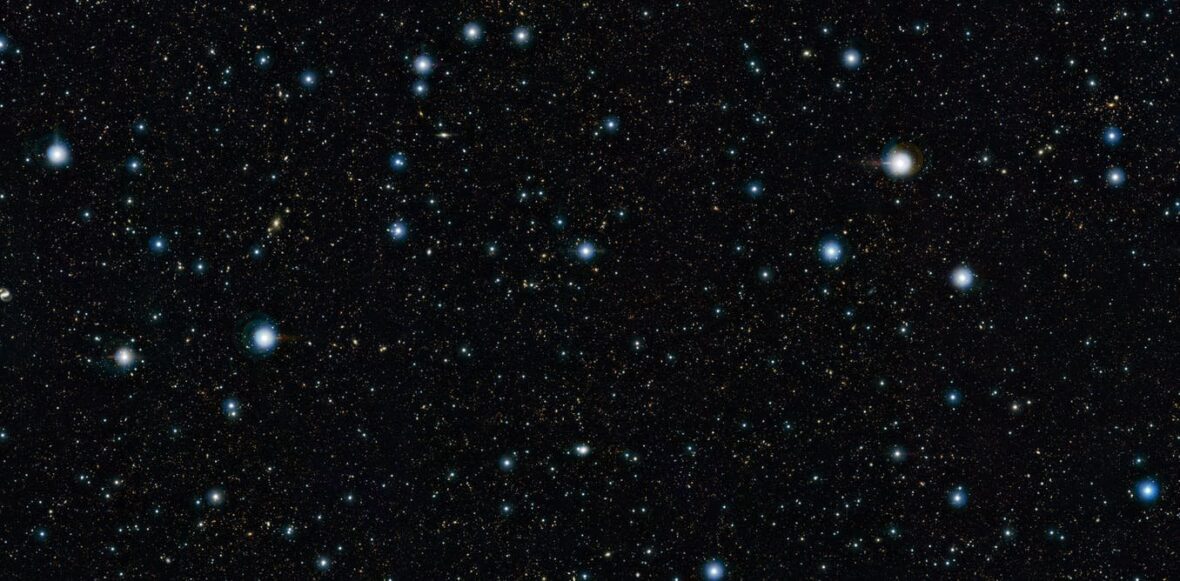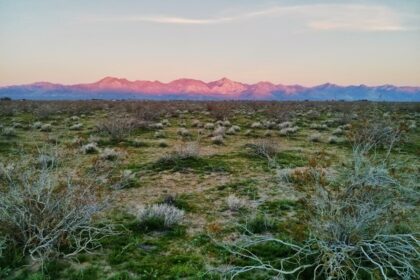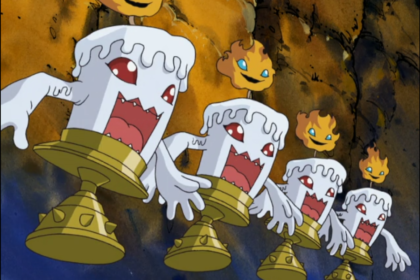It’s a big, wide mysterious universe we live in, and whenever we look up at night, we’re likely to see thousands of glittering stars up in the blackness. Stars show us light from unfathomable distances – meaning that we may never hope to reach them – but at the same time, we can use them to map out constellations, and to better understand the incredible void of space above us. Take a look below for 13 incredible and awesome facts about stars.
1. As of the time of writing, there are around 88 different constellations in the night sky. These were mapped out in 1922, and group together known and named stars to make symbols and characters.
2. You won’t ever be able to see all the constellations in any one place. That’s because some are visible in the Northern hemisphere, and some are only visible in the South.
3. People have been naming stars and constellations for centuries. In fact, it’s now possible for you to name your own star for a fee. However, official star names need approval from the astronomy community.
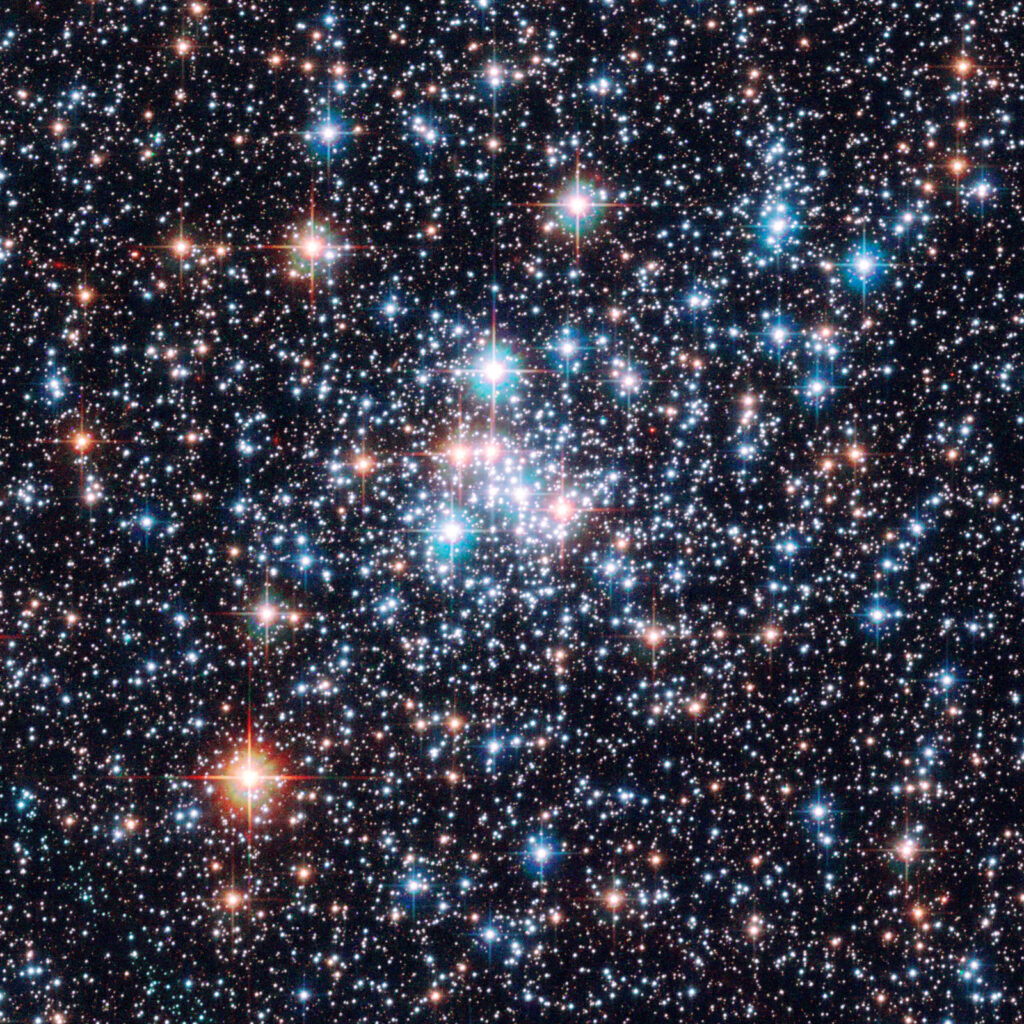
4. There are probably less stars available to the naked eye than you imagine. It’s tempting to think you can see millions of stars at any one time. However, it’s more likely you’ll be able to see 2,000 at a time, perhaps more.
5. The nursery rhyme ‘Twinkle, Twinkle Little Star’ is a misnomer. That’s because stars don’t actually twinkle at all. It’s the Earth’s atmosphere affecting how light appears through layers of density.
6. Stars last for billions of years. In fact, the smaller the star, the longer it is likely to live for.
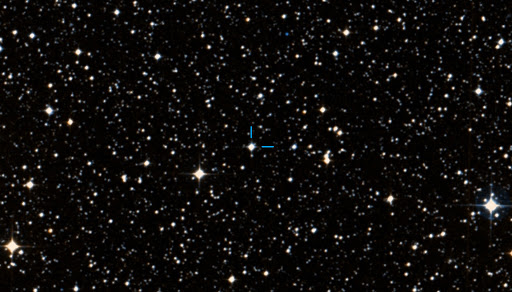
7. Stars expire through many different ways, though the most common way for a star to burn out is to expand into a red giant, and to condense into a white dwarf. This is when they go dark.
8. Some of the most famous constellations in the night sky include Ursa Major and Ursa Minor, which represent bears. You will also find shapes and constellations which are common to the Western zodiac.
9. Stars arrive in many different colors, from red to blue, as its appearance depends on how hot its surface is. However, you will never find a fully green star.
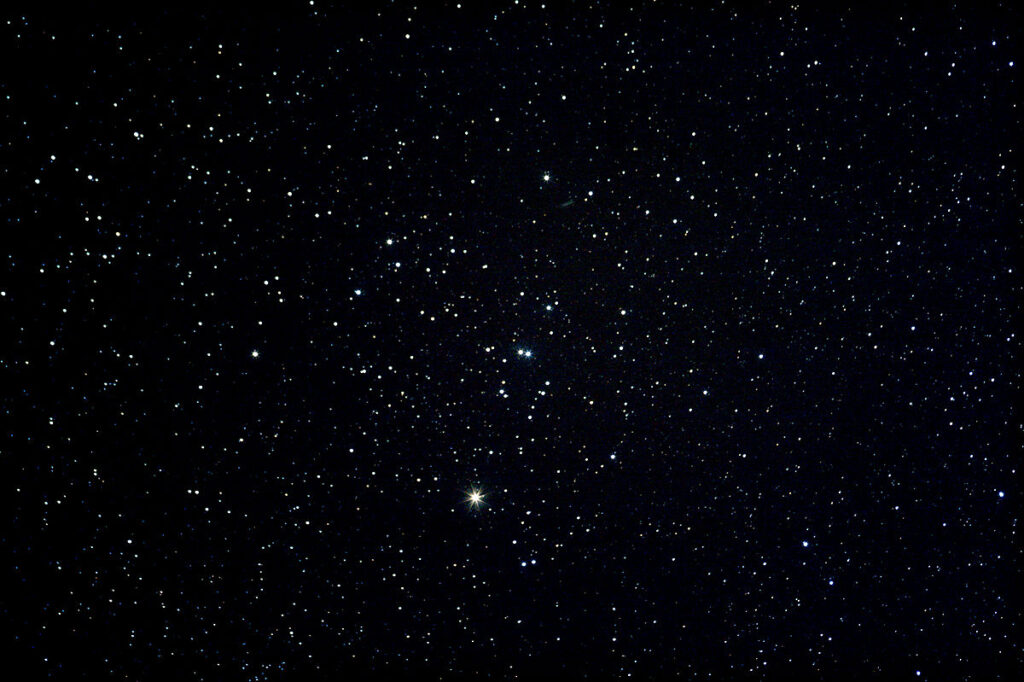
10. The Sun, our central star in our solar system, is actually a dwarf star. This means that, compared to some of the other stars and bodies out in space, it’s fairly small!
11. In fact, the Sun itself is thought to be responsible for up to 99% of mass in our solar system.
12. Stardust, apparently, takes like raspberries – the Sun’s, anyway. How do we know this? There is a similarity in the chemical makeup of the Sun’s nebula stardust and the fruit’s general taste!
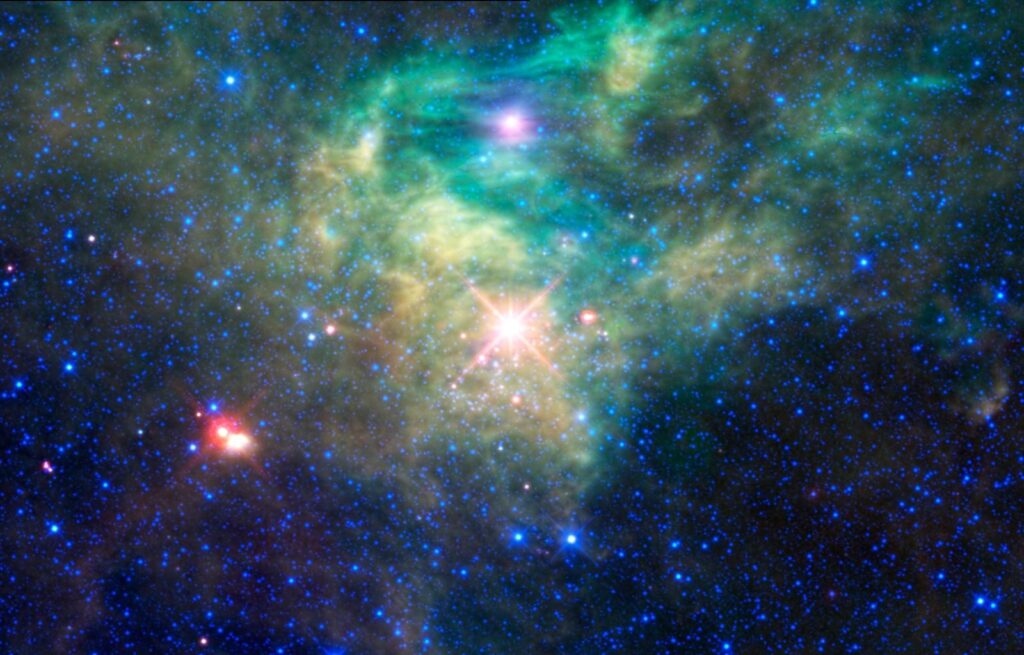
13. It takes around four billion years for a star to die, which means that no one has been able to physically see a star die. We just haven’t caught one yet!

